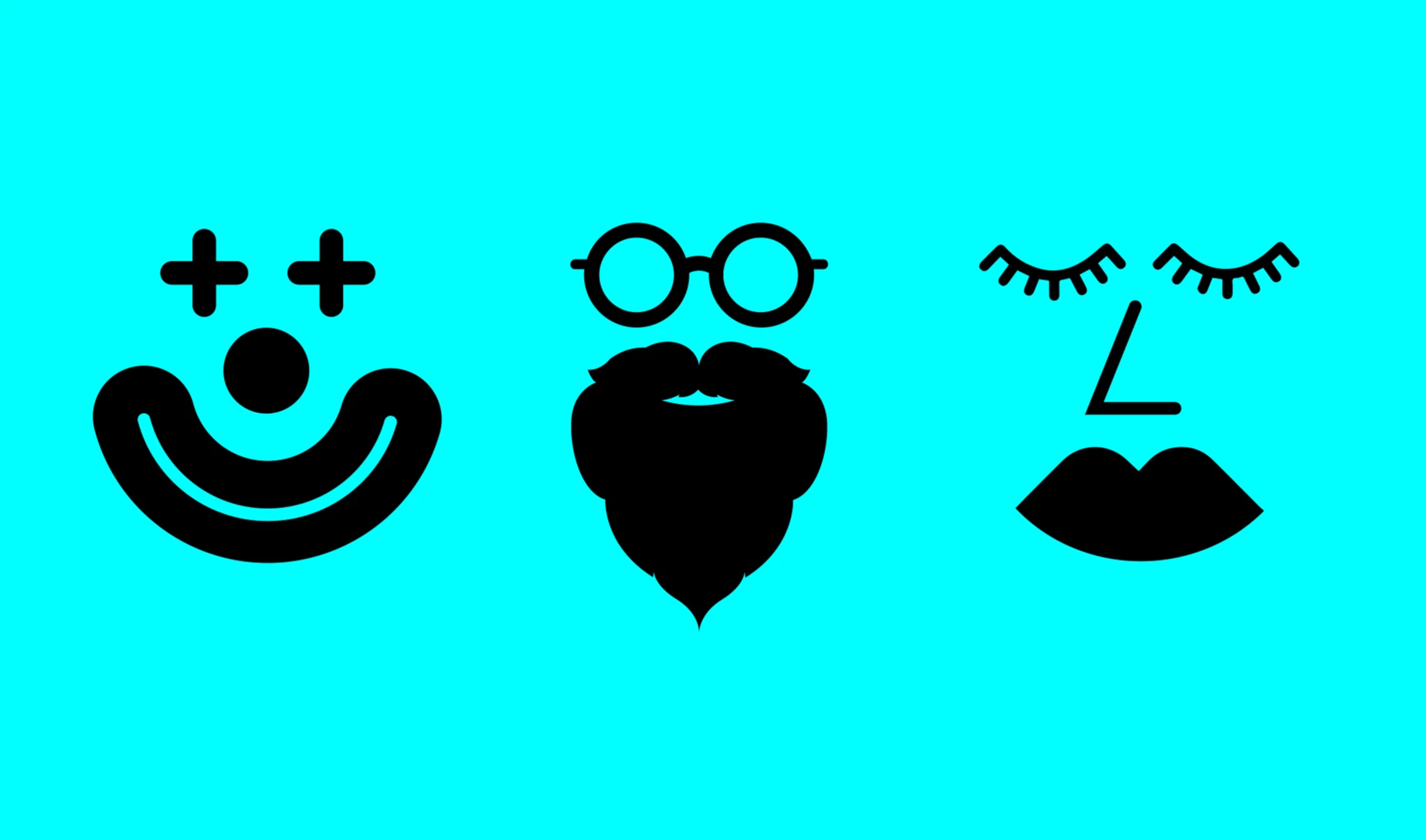
In William Boyd’s 2015 novel ‘Sweet Caress’ the photographer, Amory Clay plays a game with her uncle, Greville. In bars and at parties they choose unsuspecting strangers at a distance and out of earshot, taking turns to sum up their imagined personalities using just four adjectives. Depending on the context and their individual point of view, their mini-pen portraits vary.


One chap is damned by Greville with, ‘Bland, rich, bored, arrogant’, while his niece has a more flattering point of view, ‘Handsome, assured, clever, foreign.’ As it transpires, they were both partially correct, which of course means they were both partially wrong. And that’s the problem with attempting to sum up a personality using just a few well-chosen words, the standard starting point for any brand tone of voice guidelines. We all have a different perspective, agenda and bias. Three of four words gives you very little room for error, but massive potential for misinterpretation. So, when organisations attempt to do it to themselves, in search of their core personality, it often ends up in a set of adjectives so vanilla and general (and agreed by committee) that it gives those who write for them, very little to go on. Any inspiration, emotion or differentiation has been chased out of the process because it can’t be universally agreed upon.
This is a particular issue with B2B brands who struggle to find a differentiated voice because what makes them unique is very often their depth of knowledge and how they apply it. That’s tricky to sum up with any degree of differentiation because all their competitors claim the same thing. What at first sounds like a logical, helpful and efficient way to give writers a leg up and keep them consistently on track, often ends up so beige it’s very little help at all.
The ‘guidelines’ are generally viewed and intended to be used as some sort of ‘silent editor’. A whistle-stop tour of complex, intricate and nuanced company culture, summed up in three or four adjectives or ‘personality traits’, with a little bit of explanation if needed. They are pretty good at letting writers know what not to do, but usually lacking in the ‘why not try this’ department.
The best tonal guides come from brands that really know themselves – why they do what they do, not just how they do it. Some of them have agencies that do the introspection on their behalf - the sort of agencies that take time to understand their client as well as their client’s business.
In the next part of this three-part series, we’ll look at an example of an agency that’s done exactly that.
Article by Mike Fleming, copywriter and brand consultant

